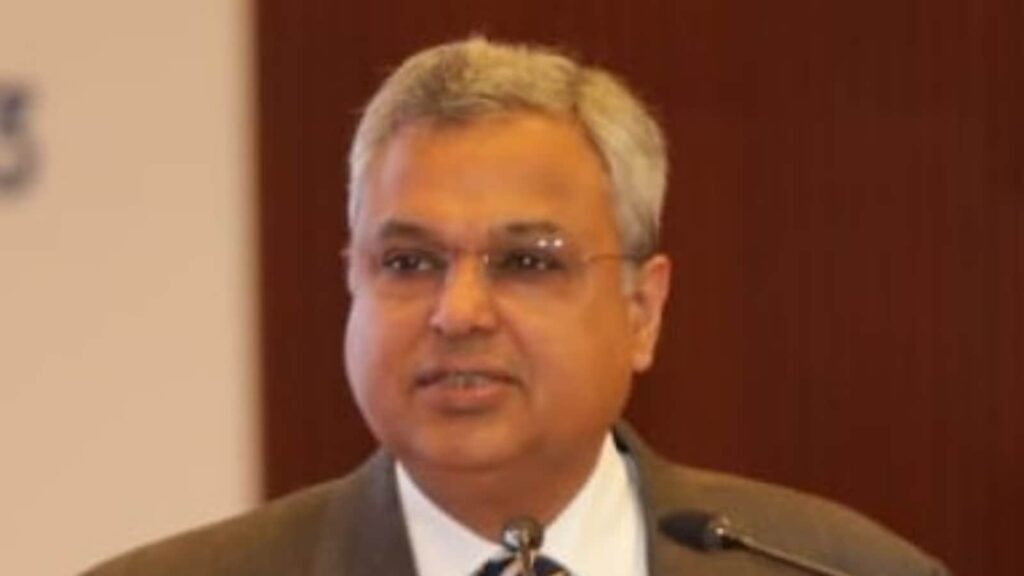970x125
With a move towards increasing the frequency and expanding the diversity of datasets, the government is now focusing towards deriving more accurate district-level estimates, Saurabh Garg, Secretary, Ministry of Statistics and Programme Implementation (MoSPI) said on Thursday.
970x125
Speaking at the Delhi School of Economics, Garg said that the central government is already working with the state governments as the combination of revamped datasets of the Annual Survey of Unincorporated Sector Enterprises (ASUSE) and the monthly Periodic Labour Force Survey (PLFS) will be “extremely useful” in calculating the District Domestic Product (DDP), which measures the economic output for a district.
“ASUSE includes both manufacturing and services sectors. It’s across the economy, all sectors get covered…households and MSMEs get covered in that. We were bringing it out annually for the past three years but this year, we brought out two quarters already of this data and we’ll be having greater details when we bring out the annual report”
“In fact, combined ASUSE, and the PLFS, which is now monthly — these two datasets alone would be extremely useful in calculating the District Domestic Product (DDP) because it will capture on the labour side and on the enterprise side, the activities of all households and micro, nano, small enterprises, which at the district level are the largest and the large enterprises are anyway very easily identifiable. This is something that we are working with the state governments and many of the state governments have already started working, so that we’ll have a bottoms-up approach of calculating the DDP rather than a top-down, allocation-based approach which is what is happening right now. The availability of this data, which is a combination of PLFS and ASUSE, is something that would really enrich the available datasets,” Garg said in his reply to a question by Chetan Ghate, Member, Economic Advisory Council to the Prime Minister as part of the DSE’s Diamond Jubilee Lecture Series.
The MoSPI Secretary said the surveys from January 2025 onwards have the ability to bring out district-level estimates. “We want to do this in conjunction with the states because that’s where the real policy decisions are. So we’ll continue to bring out national and state level (estimates) but we are also working with the states, so that they can also bring up,” he said.
The data gaps were identified and in line with those, relevant surveys have been launched or are in the pipeline. For instance, the government plans to launch the Annual Survey of Service Sector Enterprises (ASSSE) in January 2026 to capture the dynamics of incorporated services sector. “We’ve also started a forward-looking capital expenditure (survey) given the fact that it’s so important for industry to know where the capital expenditure is happening. The household income survey will be starting next year,” he said.
When asked whether the GST data, which is going to be used in GDP compilation under the new base series next year, will be available at a disaggregated level for researchers, Garg said that will not happen because then one can identify an enterprise. “But at an aggregate level, we hope to use it in our national accounts going forward. Most of the data that we use in the national accounts, we put out in the public domain. So I’ll not be able to commit on what exactly is the date, but all I can say is that at an aggregate level, the availability of data would increase and that would perhaps not only be from GST, but from a host of other datasets,” he said.
Story continues below this ad
He gave examples of various such datasets including the e-vahan data that gives idea about the road and transport sector or the trade statistics by the Directorate General of Commercial Intelligence and Statistics. “So, a lot of the data, which is in the public domain, our attempt is to make it more easily discoverable …we have identified about 257 datasets in the first phase that we are looking to ensure that it becomes more easily available. And we’re going to expand this dataset, going forward and I’m sure in times to come, we’ll have a lot more aggregated data of a variety of sectors available,” he said.
© The Indian Express Pvt Ltd
970x125


